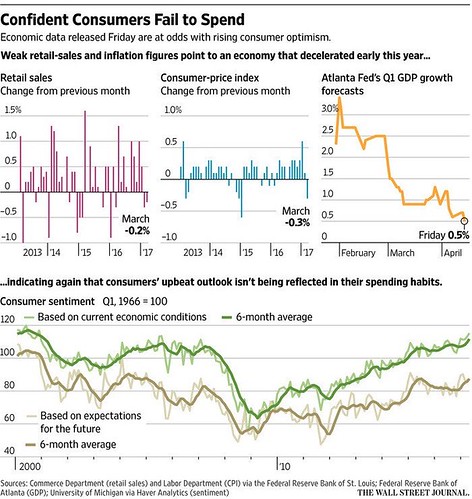se cotransfection with GCGR and Lrp5 increases glucagon-induced b-catenin stabilization and TCF luciferase activity, we examined whether GCGR and Lrp5 physically interact with each other by immunoprecipitation. HEK293 cells Glucagon Induced b-Catenin Signaling Pathway immunoprecipitated. Consistent with this, using v5 antibody to pull down v5-tagged Lrp5, we also pulled down GCGR protein. We also saw a diffused band above the band with expected molecular weight for GCGR in the immunoprecipitated samples, which may be a nonspecific band picked up by the HA antibody. We found that the association of GCGR and Lrp5 was independent of GCG1-29 treatment. As controls, immunoprecipitation with normal mouse IgG did not pull down either protein; further, anti-HA antibody did not pull down v5tagged Lrp5 and anti-v5 antibody did not pull down HA-tagged GCGR. Similarly, GCGR was co-immunoprecipitated with Lrp6 in a glucagon-independent manner. To further confirm the immunoprecipitation results, we used bioluminescence resonance energy transfer assay to examine GCGR and Lrp5 interaction by tagging  GCGR with YFP and Lrp5 with Rlu, respectively. In the static BRET assay, we found that GCGR interacts with Lrp5 with a BRET ratio of 0.28, 24220009 which is significantly above the background of 0.12. As a negative control, Lrp5 did not interact with the non-structurally-related CCK1 receptor. Also coexpression of untagged GCGR or Lrp5 Digitoxin web competitively inhibited the BRET signal between Rlu-tagged Lrp5 and YFP-tagged GCGR. The positive BRET signal was further confirmed by saturation BRET studies that showed an increase in BRET signal reaching a plateau, which is indicative of the existence of an oligomeric complex containing GCGR and Lrp5. As a negative control, 22694778 a linear curve was observed for the CCK1R and Lrp5 BRET signal. Lastly, we checked the effects of occupation of the GCGR with its natural agonist ligand, glucagon, on the interaction between GCGR and Lrp5. We did not find any significant difference in the intensity of the BRET signal with glucagon concentrations up to 1 mM, which is well above the saturated concentrations required to elicit full response. In summary, the immunoprecipitation data and BRET assay data supports the interpretation that GCGR interacts with Lrp5 in a ligand-independent manner and ligand treatment did not significantly change their interaction. Discussion In this report, we found that activation of the glucagon receptor not only led to activation of the classic cAMP/PKA pathway, but also activated b-catenin signaling. This activity was specific for glucagon agonists as glucagon antagonists or other peptides did not elicit the same response. Activation of the b-catenin pathway by glucagon was very rapid, suggesting it is likely to be a direct effect. This is consistent with other reports which demonstrate that activation of several GPCRs, including PTH1R and GLP-1R, leads to up-regulation of the b-catenin pathway. PTH1R, GLP-1R and GCGR all belong to class B GPCR family, which have the closest phylogenetic relationship to Frizzled receptors. Similar to the Frizzled receptors, these GPCRs, as reported previously and here, may partner with Lrp5/6 to mediate b-catenin activation. Lrp6 was reported to play a direct role in mediating stabilization of b-catenin after exposure of cells to PTH. We found that Lrp5/6 also has an important role in glucagon-induced b-catenin signaling. First, cotransfection of GCGR and Lrp5/6 increased glucagon-indu
GCGR with YFP and Lrp5 with Rlu, respectively. In the static BRET assay, we found that GCGR interacts with Lrp5 with a BRET ratio of 0.28, 24220009 which is significantly above the background of 0.12. As a negative control, Lrp5 did not interact with the non-structurally-related CCK1 receptor. Also coexpression of untagged GCGR or Lrp5 Digitoxin web competitively inhibited the BRET signal between Rlu-tagged Lrp5 and YFP-tagged GCGR. The positive BRET signal was further confirmed by saturation BRET studies that showed an increase in BRET signal reaching a plateau, which is indicative of the existence of an oligomeric complex containing GCGR and Lrp5. As a negative control, 22694778 a linear curve was observed for the CCK1R and Lrp5 BRET signal. Lastly, we checked the effects of occupation of the GCGR with its natural agonist ligand, glucagon, on the interaction between GCGR and Lrp5. We did not find any significant difference in the intensity of the BRET signal with glucagon concentrations up to 1 mM, which is well above the saturated concentrations required to elicit full response. In summary, the immunoprecipitation data and BRET assay data supports the interpretation that GCGR interacts with Lrp5 in a ligand-independent manner and ligand treatment did not significantly change their interaction. Discussion In this report, we found that activation of the glucagon receptor not only led to activation of the classic cAMP/PKA pathway, but also activated b-catenin signaling. This activity was specific for glucagon agonists as glucagon antagonists or other peptides did not elicit the same response. Activation of the b-catenin pathway by glucagon was very rapid, suggesting it is likely to be a direct effect. This is consistent with other reports which demonstrate that activation of several GPCRs, including PTH1R and GLP-1R, leads to up-regulation of the b-catenin pathway. PTH1R, GLP-1R and GCGR all belong to class B GPCR family, which have the closest phylogenetic relationship to Frizzled receptors. Similar to the Frizzled receptors, these GPCRs, as reported previously and here, may partner with Lrp5/6 to mediate b-catenin activation. Lrp6 was reported to play a direct role in mediating stabilization of b-catenin after exposure of cells to PTH. We found that Lrp5/6 also has an important role in glucagon-induced b-catenin signaling. First, cotransfection of GCGR and Lrp5/6 increased glucagon-indu
